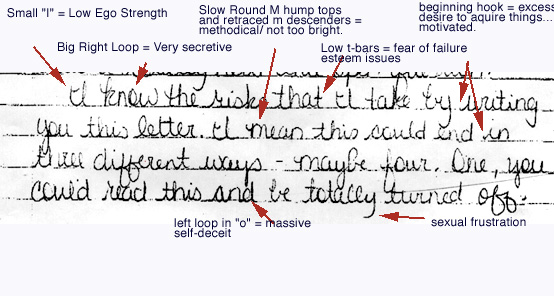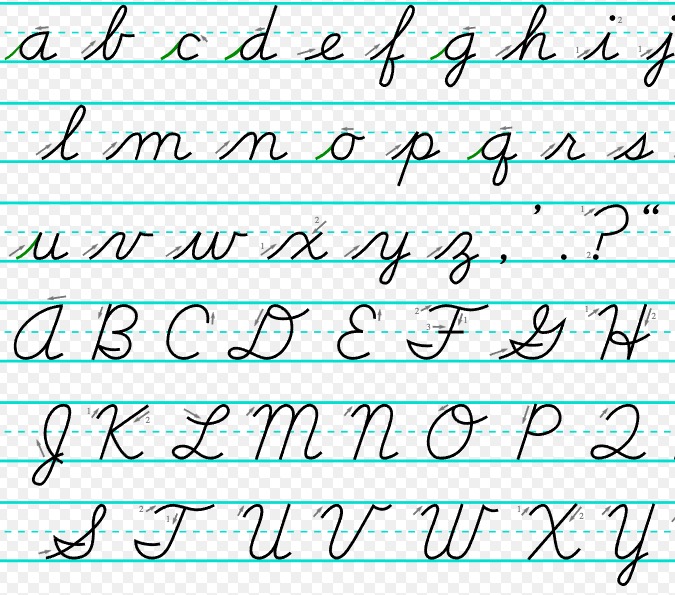This is a note to all my students out there who wish to revive and revisit their handwriting to make it a better one.
A better handwriting a better person ! This is a common impression .
A dusky dirty writing ... a careless person
A neatly dotted handwriting ... a particular and organised person
Well, the above are certain assumptions people make ...
Make a list
1. what makes you feel you need to improve your handwriting ?
2. Which parts of your handwriting you wish to improve ?(circle them )
3.How would you want your handwriting to be ? (model it )
Step 1 – The Analysis of Your Handwriting
Make a list
1. What makes you feel you need to improve your handwriting ?
2. Which parts of your handwriting you wish to improve ?(circle them )
3. How would you want your handwriting to be ? (model it )
Now ...
Write a few sentences to form a paragraph. Don’t try to make it “perfect”; simply write naturally so it’s an accurate sample. When you’re done, you can take a step back and objectively start to analyze your handwriting as a starting point.
Step 2- Practice
write the above alphabets in upper as well as lower case in your notebook .
(for cursive )
To get a meaningful impression, look for the following attributes and factors in your handwriting:
- The shapes (loops, curves, hard corners, etc.)
- The slant’s degree (the angle in which you write the letters)
- The alignment (upward or downward angle, any overlapping with other letters, etc.)
- The spacing
- The size
- The line quality (hard to read, heavy pressure on paper, etc.)

- Task : find places you think can be improved in the above handwriting ! Make a note of them . Now take out a notebook in which you have written and do a similar critical activity .
- Some ideas of mistakes to look for can include:




















